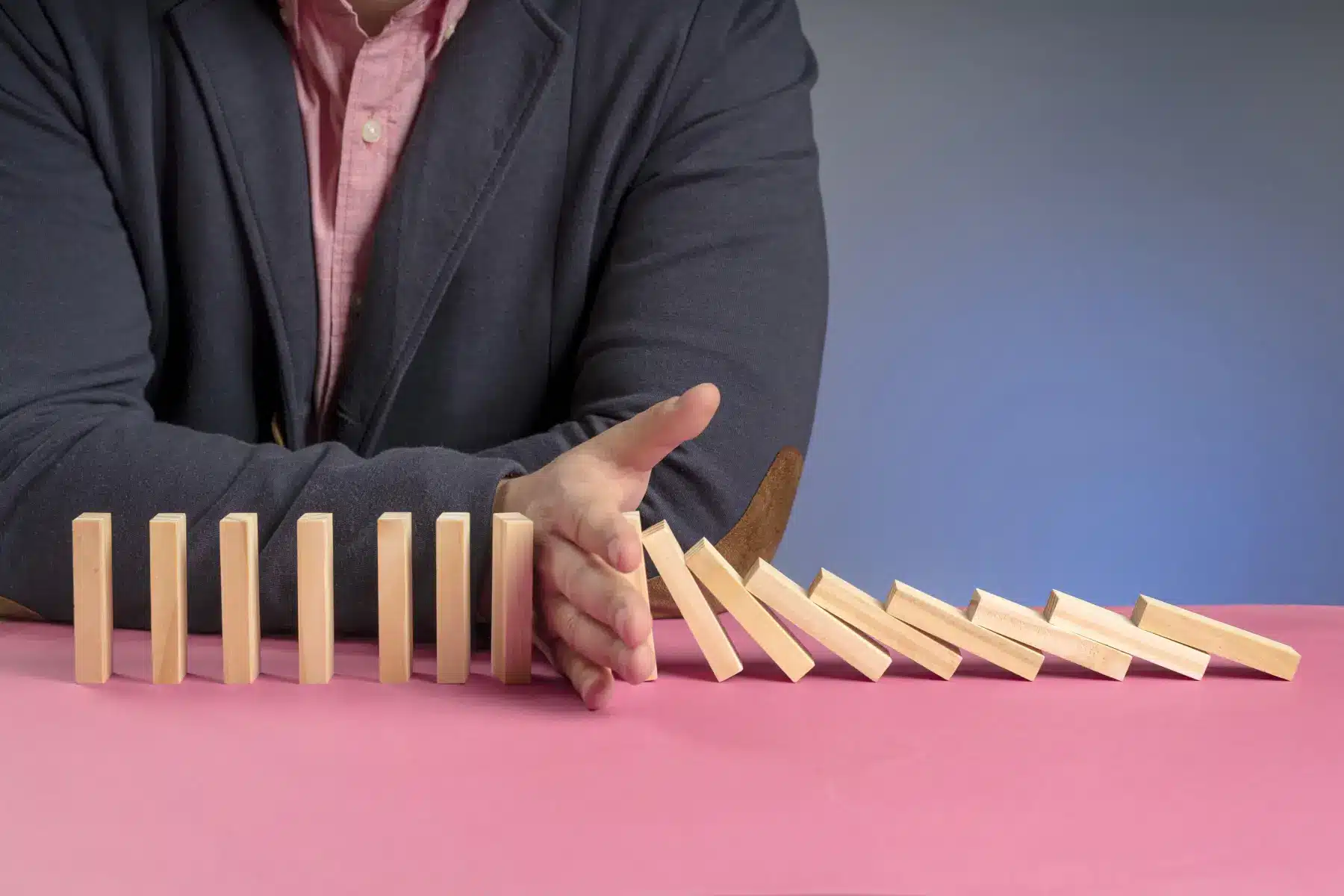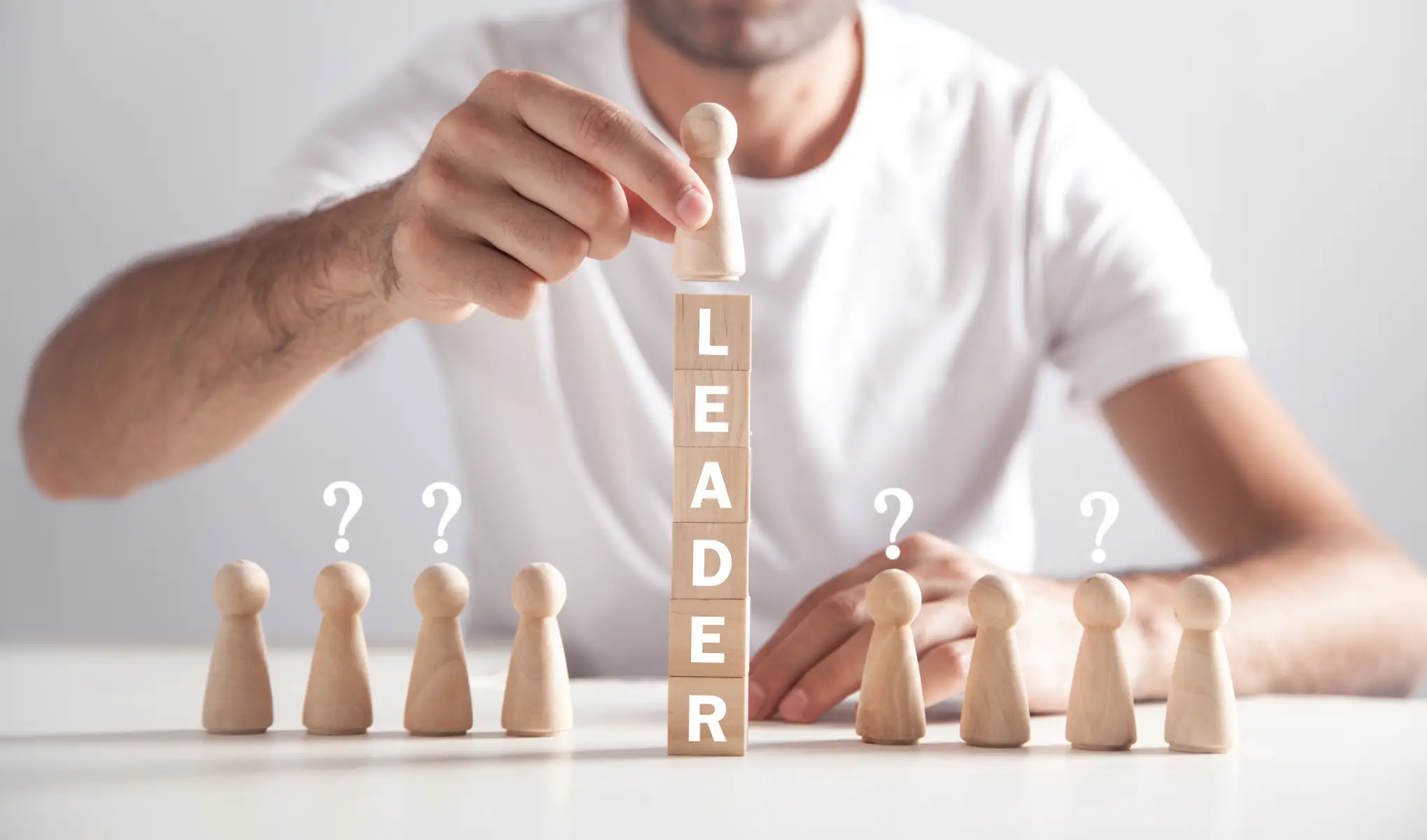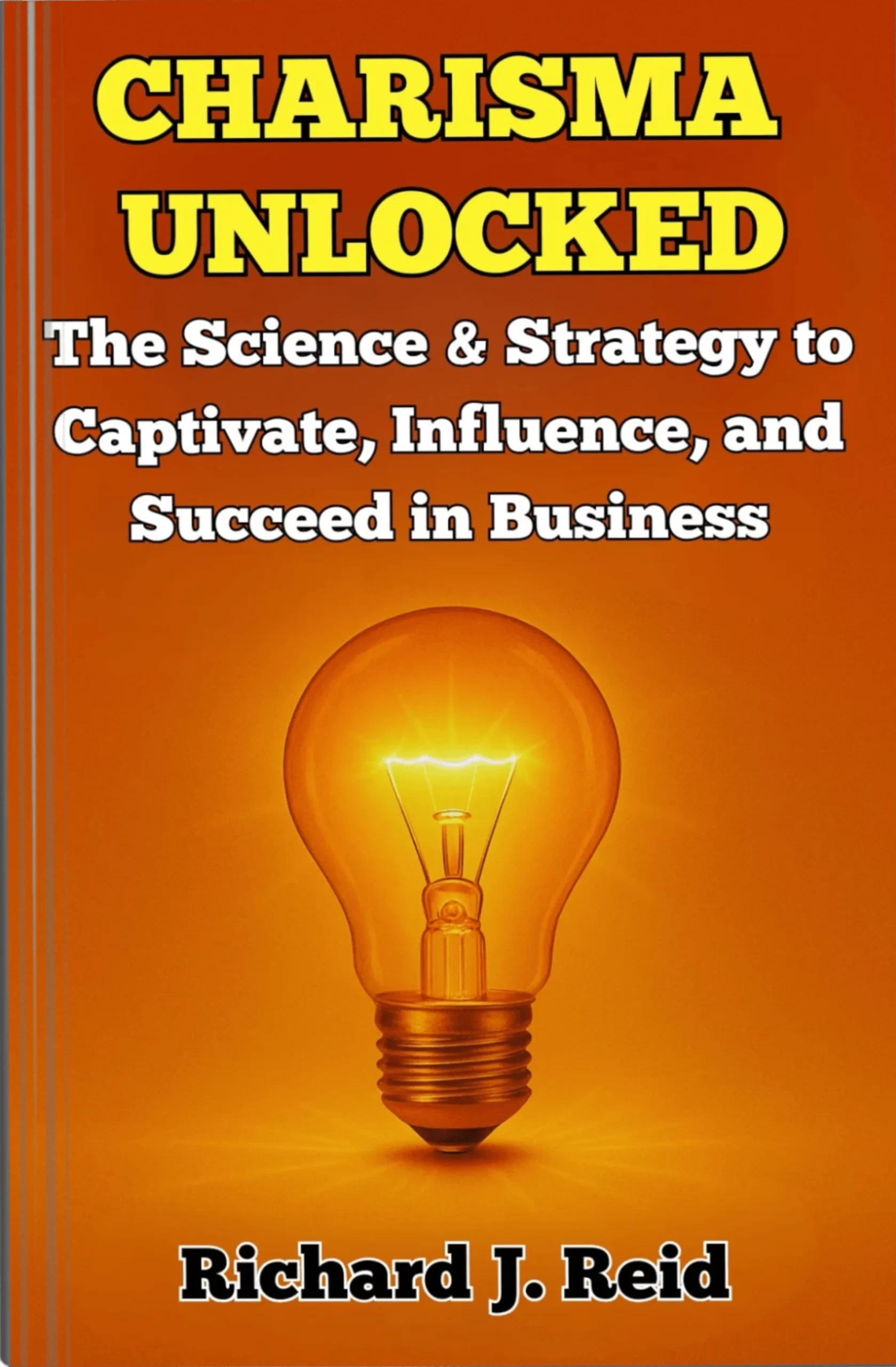Absolutely anyone can benefit from learning how to manage feelings of anxiety and negative thought patterns — but with the background of global pandemic, it’s never been more important.
When you’re lost in a whirl of anxiety, finding your way out can feel impossible. And with good reason. Our brains are so hardwired to lean towards the negative that it takes an estimated 3 times the number of positive thoughts to counteract a single negative thought. Of course, extreme upbringings or traumatic life experiences can also inform how we react to those negative experiences around us and the level of negative thoughts that we have.
But, rest assured, whoever you are, wherever you are, and whatever is going on for you, you can influence the way that you think
Even if our more anxious thoughts have some justification right now — some kernel of truth — it’s important to recognise when they start to become irrational or unnecessarily extreme. After all, worrying about things that might not come to pass, or things that might not turn out to be quite as catastrophic as we’re imagining, doesn’t protect you. It merely depletes your resources, leaving you tired, exhausted and far less able to deal with whatever actually happens.
Because, actually, as a species, we’re surprisingly resilient
Hit with an unexpected difficult situation, we so often rise to the challenge, coping a million times better than we would have if we’d spent a sleepless night ruminating beforehand! Of course, that’s easy to say — when the future seems so uncertain, our brain naturally tries to fill in the gaps, leaving us anxious and undermining our natural capabilities.
So how do we convince the brain to take a rest? How do we make sure our natural coping resources remain intact? For many, the answer lies in mindfulness.
Retrain your brain with mindfulness
While mindfulness originated in the Zen Buddhist tradition, scientific studies over the last few decades have proven its usefulness in helping people achieve more in business, in sport, and in their personal lives, as well as its value as a therapy for those with anxiety and depression.
The very essence of mindfulness lies in focused concentration so the first thing to consider is how aware you are about where your attention goes.
For most of us, our minds naturally veer towards certain things. For example, think about your pre-lockdown commute. How often would you find yourself drifting into thoughts without pausing and reflecting upon where you wanted to put your attention? Your mind might have strayed towards a comment your boss had made, a meeting you had scheduled, or a 100 other things.
When you got to work, how much of your journey had you really noticed?
There are thousands of things going on around us at any one time, but we seldom take them in. How often do you actually pay attention to the birds singing as you make your way to work? Do you notice the cool architectural features at the tops of the buildings you pass, or the trees just coming into blossom?
Sure, you might be vaguely aware that they’re there, but do you really SEE them? Usually, they just blur into the background. What that means is that our mind naturally moves towards other thoughts, anxiety-inducing thoughts, thoughts that will drag our mood and our energy down. And while there are times that we do need to focus on these things, it’s so important to create boundaries, to make the choice about what we’re thinking about, and when.
Mindfulness can help you do exactly that; by spending just a minute a few times a day deliberately focusing on certain aspects of your immediate experience, you can put a halt to the anxiety train of negative thoughts.
For instance, think about some of those mundane things that you do every day: taking a shower, brushing your teeth, eating a sandwich. The kind of things that, because you’ve done them day in and day out for many, many years, you take for granted.
Because we’re so used to these activities, it doesn’t take long for the mind to drift…and more often than not, alight upon a negative thought.
Cultivate a beginner’s mind
The easiest way to start engaging with mindfulness, is to cultivate a beginner’s mind.
What if, just for the first minute of one of those tasks, you were able to focus on all of the different stimuli of the experience, almost as if you had never experienced it before? As if you’d literally just arrived on planet earth?
Take your daily shower, for example. Think about the sound of the water, the feel of it on your skin, the steam circling your body. Really notice every aspect of the experience.
It isn’t always easy — if you’re new to mindfulness a minute can seem like a really long time. And it may be that your mind drifts back to some of the usual thoughts or worries. If that happens, don’t worry about it. Rather, congratulate yourself for having noticed the thought before bringing your attention back to the immediate sensations of the shower.
It may feel like a tug of war, constantly having to drag yourself out of a thought and back into the physical sensation of the shower, but the more you do it the easier it gets. Much like going to gym, the more you practice, the stronger your ‘mindfulness muscle’ will become.
Your first sandwich…
Later in the day, try applying your beginner’s mind when you’re eating your lunchtime sandwich. How often do you eat while doing something else? Perhaps sending an email, watching TV, talking to somebody else. What if, again just for the first minute, you focused entirely on the experience of eating?
Imagine this is the first sandwich you’ve ever eaten. Look at it closely, at the colours, the textures, the shadows formed when the light hits it in a certain way. Feel the bread between your fingers and as it touches your lips. Notice the smell. Notice the different layers of taste as you slowly chew. Notice the sensations as it goes down your throat and travels to your stomach.
None of these things are particularly profound, but the accumulative effect of doing lots of these little things throughout the day can give us a very different experience of our immediate circumstances. And whilst our natural tendency is to focus on the bigger picture, this is a great way of bringing things back in, making them feel less overwhelming.
Be Here Now.
We have a phrase in the world of therapy:
If you’re spending too much time thinking about the future, it generates anxiety. While too much time thinking about the past makes you depressed
Maybe you can relate?
Of course, thinking about either isn’t inherently wrong, so long as you find a balance between that and spending time, right here, right now, in the present moment. That is, after all, the biggest part of our reality — it’s really all we have, and we don’t want to miss it!
Focusing on our immediate experience is a great way to contain the impact of those anxiety-inducing thoughts of the future, or depression-inducing thoughts about the past.
Putting it into Practice: an exercise to try right now
For this exercise, I’m going to invite you to sit down, close your eyes for a moment and focus on your belly button.
First up, notice your breathing, notice how that feels right now (if you need to, just gently adjust your breathing to make yourself feel more comfortable). Now imagine that you’re channelling your breathing in and out of your belly button. Just begin by noticing how that feels and as you’re doing that, I’d like you to ask yourself, ‘What is my experience right now? What am I feeling, what sensations am I aware of?’
And even if some of those things feel uncomfortable, don’t judge them, don’t label them, don’t try to control them or move away from them. Just notice them.
Then, with your eyes still closed, I’d like you to extend your awareness and notice where your body connects with the chair. Notice your feet connecting with the floor and what that feels like. And then with your eyes still closed, extend your awareness further out. Notice the sounds in the room and outside the room. Notice the feel of the air on your skin, the temperature. And then bring your attention back to your bellybutton and your breathing.
Then I’d like you to ask yourself, ‘What would be a really good feeling for me to have right now?’ It could be calmness, it could be confidence. Whatever that is, just say to yourself like you really mean it, ‘I am feeling calm, I am feeling confident.’ And again, notice how you feel in response to that.
Finally, when you’ve done that, open your eyes.
I love this practice because it’s such a great example of a minute of mindfulness that can be performed by anyone, anywhere, at any time. But whether you choose to do a standalone exercise like that, or apply mindfulness to everyday things like showering or eating a sandwich, you’re still engaging in what we call a three-stage relaxation process where you’re not only relaxing in the moment, you’re also getting more in touch with any feelings you’re experiencing.
If those feelings are comfortable, positive ones, great. If they’re not, know that becoming more aware of the uncomfortable feelings allows you not only to learn how to tolerate them but also gives you the opportunity to be proactive about managing them.
If you find these mindfulness practices tricky to begin with, don’t be disheartened, the more you practice the easier it’ll be and you’ll find that you become much more adept at recognising the thought patterns that are impacting on your emotions and either stop them in their tracks, or find new ways to manage them.




















